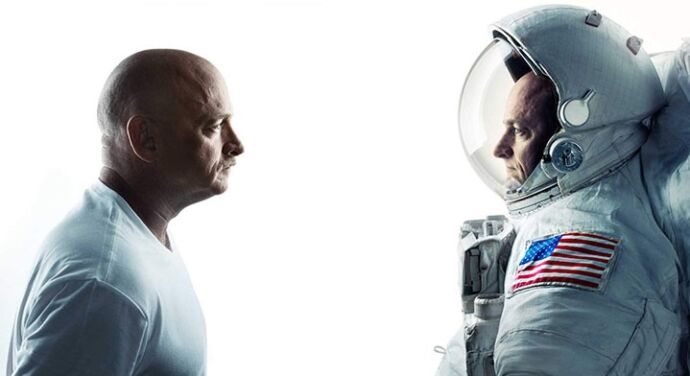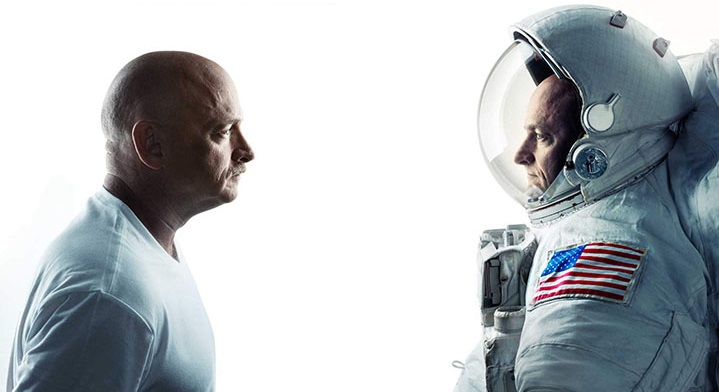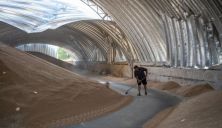 Photo from NASA official website
Photo from NASA official website
According to the comparative tests results made by Chris Mason of Weill Cornell Medicine, the DNA code of Scott Kelley, the brother who experienced life in a spacecraft, changed during his one-year mission in space. According to NASA, the gene expression change is not something to worry about, but is nonetheless remarkable.
Two days after his come back to Earth, most of the biological changes in Scott’s body stabilized to nearly-normal condition, aside from 7% of his DNA, which changed significantly. These changes are the lengthening of Kelly’s telomeres, which are caps at the end of chromosomes that are considered to be a so-called marker of biological aging. At his return, Scott also stood two inches taller than his brother. This difference was caused by the absence of any gravity in space.
Medical tests showed that the major reason for all the changes in DNA structure and the ways organism reacts on most of the triggers was the hypoxia or a deficient amount of tissue oxygenation. Lack of oxygen and high levels of carbon dioxide increases the mitochondria in the blood.
“Kelly’s one-year mission is a scientific stepping stone to a planned three-year mission to Mars, NASA said. Research into how the human body adjusts to weightlessness, isolation, radiation and the stress of long-duration spaceflight is needed before astronauts are sent on journeys that would triple the time humans have spent in space so far,” reported the CNN official website.


 Photo from NASA official website
Photo from NASA official website










